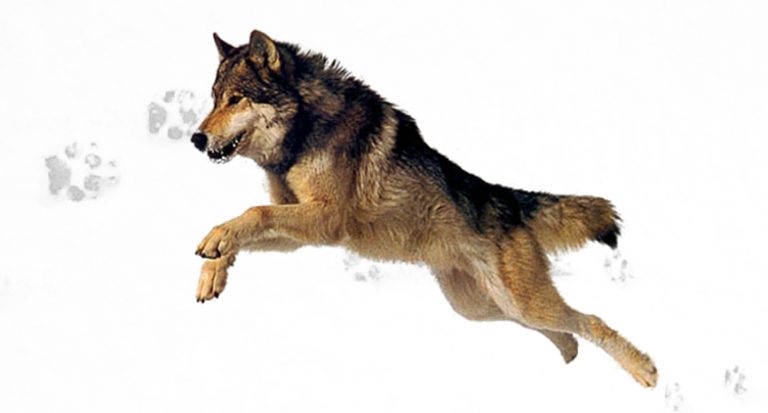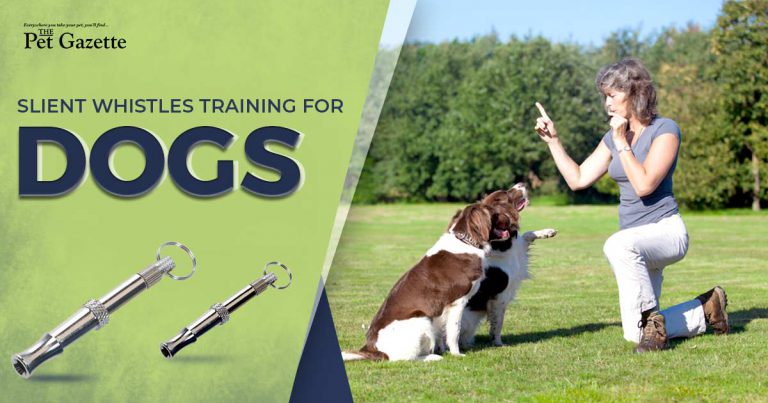Considering that wild canines and felines have been around for millions of years, domestication of them is relatively new. Their long history of living in the wild produced some natural instinctive behaviors that often revolved around their interaction with others of same species and survival. Some behavior that we find a bit odd or humorous today can be attributed to instinctive behavior.
Here’s a few relatively common examples that we owners see but might not know why it happens. Call it differing markedly from the usual or ordinary or accepted maybe even odd but to our furry friends there’s nothing strange at all except maybe how we owners react to them when it happens. It is either humorous or frustrating, depending on how you look at it:
Why do dogs sniff — A LOT? Answer, with a nose like their who wouldn’t? A dog’s scent organ in his nose is about four times larger than a human’s, and a dog’s sense of smell is about 50-100 times more powerful than ours. Certainly wild canines used their incredible sense of smell to detect predators and determine territorial ownership.
Their exaggerated sense of smell can explain why a dog loves to sniff. It’s not so bad when they sniffs around the yard at their leisure, but it can be annoying during walks. To avoid frustration, try training your charge so he knows he gets the first 2 blocks to “read his newspaper” and then it is time to get down to business… walking for exercise. At the end of the route, he’ll get another chance to finish up his newspaper.
If a cat it rubs its head against its owner it is scent marking him. Leg rubbing is usually embraced by the owner, meaning that the cat learns to positively associate the action with affection from the owner. Scratching at furniture conveys the want for attention, whereas a cat with an arched back wants to be left alone. Exposing the stomach area for stroking communicates complete trust as the cat is putting itself in a vulnerable position
Why do dogs eat grass? Answer because it is there. So if your dog has ever eaten grass, you probably know it can make them vomit. Although it’s unclear as to whether they eat grass to vomit, or vomit because they ate grass, dogs do tend to eat grass when they have an upset stomach. Some dogs just like to eat grass, sort of like our salad bar. There’s another instinctive reason dating back to wild canines eating all of a hunted meal, including the grass-filled intestines. It also states that “grass eating is basically a normal behavior, and is not of concern unless your dog does it excessively.”
And when it comes to feline’s twitches and small swishes of the tail usually they are communicating excitement and curiosity, whereas broader movements mean annoyance. A tail that is tucked under the body usually means the cat is feeling fearful. A cat’s tail will sometimes quiver when the cat is around a person it really likes. Consider that behavior a true testimonial of the cat’s appreciation for an owner they’ve adopted!
Why do dogs dig? Answer, They’re designed to. If a dog is bored, he might just dig for something to do. An unspayed or unneutered dog may dig to escape in order to mate with another dog. Since deeper layers of soil tend to be cooler, dogs will also dig to find relief from the heat. Sometimes dogs dig so they can bury a bone or other treats, saving it ‘for a rainy day’ when they may need them. Some dogs do this even inside. You might find bones in corners, in furniture cushions, under pillows, etc!
Now we all accept that cats have a solitary nature and are generally independent creatures, some more than others. Most, domestic cats though make extremely affectionate pets. A cat’s behavior and body language can communicate a lot to the owner who knows what they are looking for. Odd movements of the head, ears, tail and body are all clues as to what a cat is feeling, sometimes expressing a specific need. Ears that are pricked forward mean that the cat is interested in what is going on around it, whereas flattened ears combined with a steady body posture mean that it is deciding what to do next. Flattened ears and a body close to the ground often convey feelings of guilt.
If a cat is purring, this generally translates to happiness, although it can sometimes indicate pain, or that the cat is waiting for something it wants. Growling and hissing show negative emotions and the possibility of attack; it is recommended that the cat is left alone to calm down.
And why do dogs roll in smelly things? Answer, why not? This would qualify as one of those frustrating behaviors!
However, this may also qualify as an instinctive behavior. Some research states that dogs may choose to roll in foul-smelling things to mask their scent, just as wolves do. In fact smelling like a decomposing animal may help disguise themselves so they can better sneak up on prey. Then another set of findings also suggests that some behaviorists feel dogs may roll in smelly things to ‘advertise’ what they have found to other dogs. Whatever the reason, pet owners generally find little humor in this behavior!
In closing consider one of our favorite “odd” behavior questions is, why do dogs chase cars? And what would a dog do if he caught the car?
Dogs chase cars for the same reasons they chase kids on bikes, cats, small animals and other dogs: They are either playing a game or they are hunting. To a greater or lesser degree, chasing involves a dog’s natural prey drive.
In most socialized, well-adjusted dogs, prey drive expresses itself as a canine tag game, in which the dogs take turns being “it.” The object isn’t necessarily to catch the other dog; the real fun is just running around. Chasing balls or Frisbees is another outlet for dogs’ prey drive.Dogs may play-fight as part of the game of tag, lunging or even snapping playfully at one another during the chase. This form of play may extend to include cats, joggers, people riding on bicycles or skateboards, or cars.
The intent is not to hurt or kill, but to engage the other creature (or thing) in a game.
But owners beware, advantage goes to the car.





